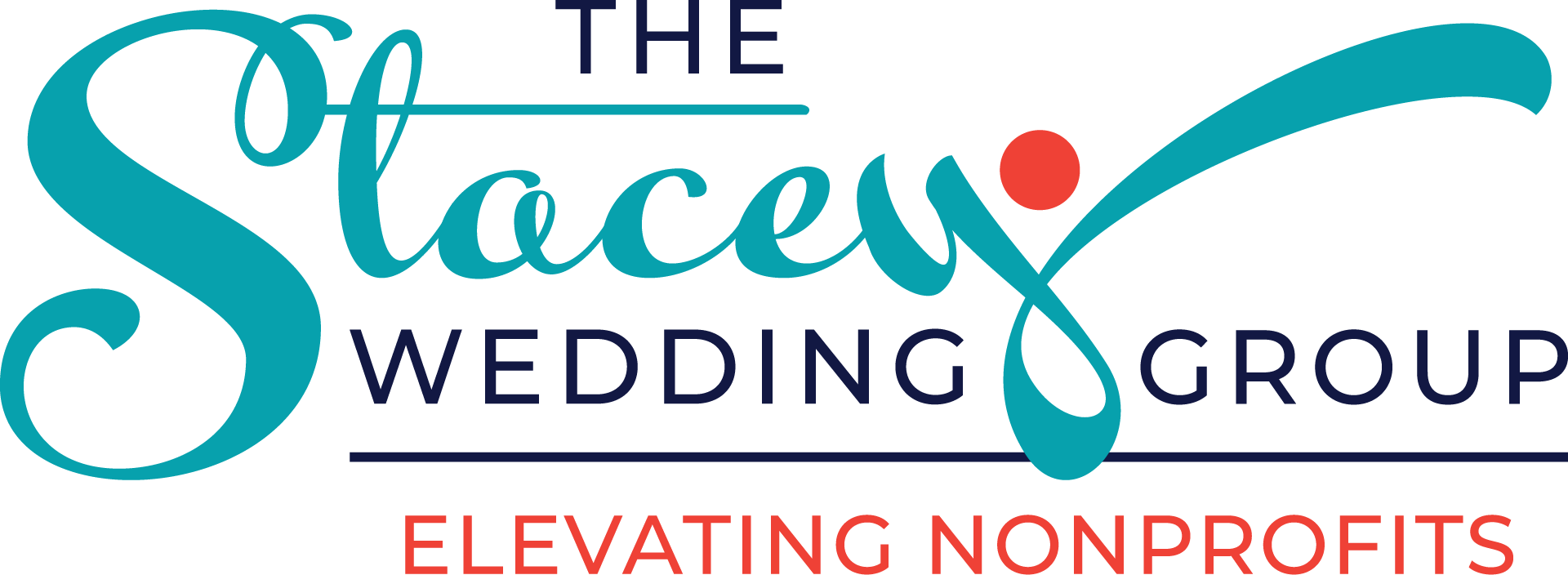As Halloween fades into the rearview mirror, and the costumes and spooky decorations are packed away for another year, it’s a curious twist of fate that we find ourselves in the world of nonprofit board governance still grappling with some fears. These aren’t the supernatural ghosts and goblins that emerge in October, but rather the very human fears that can cast their shadows over board members, impacting their decisions and actions. There are a number of ways these anxieties reveal themselves, and I hear about them most often from CEOs/Executive Directors (EDs) who call or text to share yet another real-life horror story of something a board member said or some decision the board made that they never would make in their “real” jobs.
While this isn’t something we can fix overnight, perhaps a first step in our journey to strengthening nonprofit organizations and the boards that serve them is by understanding what some of these fears are, how they show up, and what we can do to put these fears at bay.
Fear of Losing the Executive Director
Picture this: Your organization’s ED, the driving force behind your nonprofit’s mission, decides to move on. Talk to most boards and they will tell you this is their worst nightmare. From their own life experiences, they recognize that finding a replacement will take time, and they are confronted with the realization that they are responsible for figuring out a solution until they find that replacement. This period of transition can look different depending on the organization—it may require finding an interim solution, having to be more present and involved with daily operations, and trying to figure out how to search for a replacement when the board isn’t entirely sure what the position even entails (although most will never admit this). The fear of losing a capable leader can lead to hesitation in holding the ED accountable, in conducting an annual performance evaluation, or asking the tough questions. I am always shocked at how many times I hear a board member say, “I don’t want to ask any questions that could offend our ED or come across like I am casting doubt on her leadership.” As a result, often essential decisions are delayed, hampering and– in some cases– paralyzing the organization’s momentum.
Fear of Tough Conversations with Fellow Board Members
The boardroom is a space for collaboration, but it’s also where challenging conversations need to take place. Board members often dread these tough discussions. The fear of confrontation or strained relationships can result in important matters being swept under the rug, to the detriment of the organization’s progress. Many board members will not speak their mind or share their true opinion during a board meeting, yet they’ll call the CEO on the drive home to share how unhappy they are with the ultimate decision. It only gets exacerbated outside of board meetings. Bylaws are violated because board members don’t want to deal with term limits; exceptions are made often with a “just this once” mentality that turns into a pattern of avoidance instead; and bad board behavior is excused instead of addressed. Serving on a board requires diplomatically speaking up, raising concerns, and asking the unpopular questions when needed.
Fear of Failure
The granddaddy of nonprofit fears, the fear of failure, often looms large. Board members who harbor this fear may resist taking calculated risks, choosing the safe path over potentially transformative endeavors. Sometimes the fear is about protecting and stewarding organizational resources, which rightfully, is a key board responsibility. However, has that board responsibility been taken too far? Nonprofits often need to invest in initiatives, technology, or talent to grow. However, the fear of committing resources without guaranteed returns can lead to conservative financial decisions, which can hinder the organization’s ability to innovate, progress, and adapt to changing needs. Sadly, the people most impacted are those being served not to mention the staff who are burnt out wearing ten different hats on any given day.
These few examples only scratch the surface of fears I’ve witnessed by boards at all stages of development the last two decades. The fear of legal liability, reputation damage, and financial responsibility are a few others that raise their ugly heads. And, if you’re reading this, I’m guessing you have more to add.
Clearly, fear isn’t going away any time soon, and that’s probably a good thing if it’s managed. It’s not about eradicating these concerns but addressing them constructively. Open dialogues, training on legal responsibilities, and fostering a culture of trust can help alleviate these fears, allowing board members to focus on making informed and impactful decisions.
As a consultant to nonprofits, my role is not only to offer strategic guidance, but also to create an environment where board members feel safe, supported, and confident in their roles. By acknowledging and addressing these fears, we can build boards that are not just governance structures but true champions of their organizations’ missions.
Hat tip to your success,
P.S. Do you want to get updates on our most recent blogs and other free resources we offer? Sign up here for our bi-monthly e-newsletter, The SWGazette.

